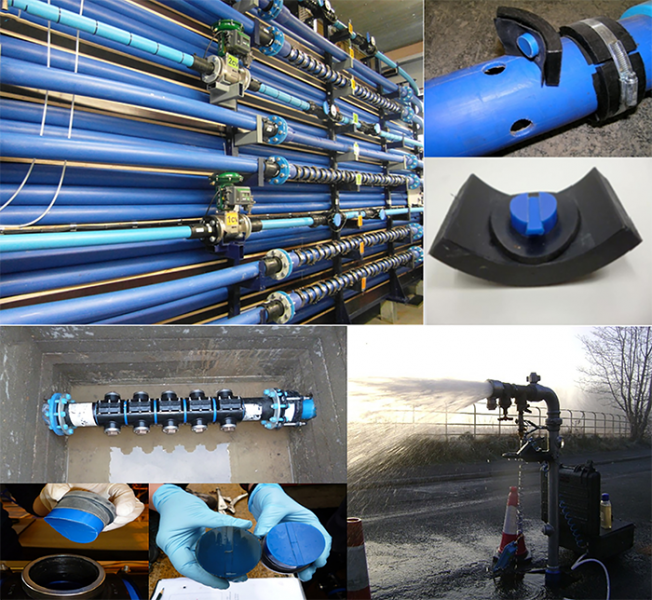For any civilization to exist a source of water is essential. In many parts of the world, we not only take for granted that water will be delivered according to our needs, but also that it will be of the highest quality and be safe for consumption.
With much of the infrastructure buried, these effectively invisible systems have historically been treated as inert and therefore managed to satisfy flow and pressure demands. As water is the basis for all life, it should be no surprise; however, that drinking water distribution systems are far from inert and are highly active microbial environments.
In particular, biofilm communities and structures develop on all surfaces and these constantly interact with the transported water and given the right circumstances can host pathogens. Operators are now increasingly being held accountable to ensure delivered water is safe for human consumption, yet little is understood on how best to manage these living engineered systems.
A review in WIREs Water considers that advances in understanding microbial ecology are key to better manage drinking water infrastructure for delivery of safe water.
Current knowledge, together with research approaches and monitoring methods to access this hidden world are reviewed, alongside analysis of how water companies are starting to use this information.
To help explain the microbial impact on water quality, the authors propose that system behaviour is broadly classified as common or complex. International studies are used to highlight the common and ubiquitous development of biofilms that also provide a basis for waterborne material present in low background concentrations to accumulate, and the predictable release when faced with system changes such as increased flow. In contrast, the microbial community and structure have been found to be complex and defined by site specific properties such as source water, treatment processes and pipe materials.
Kindly contributed by the Authors.

















